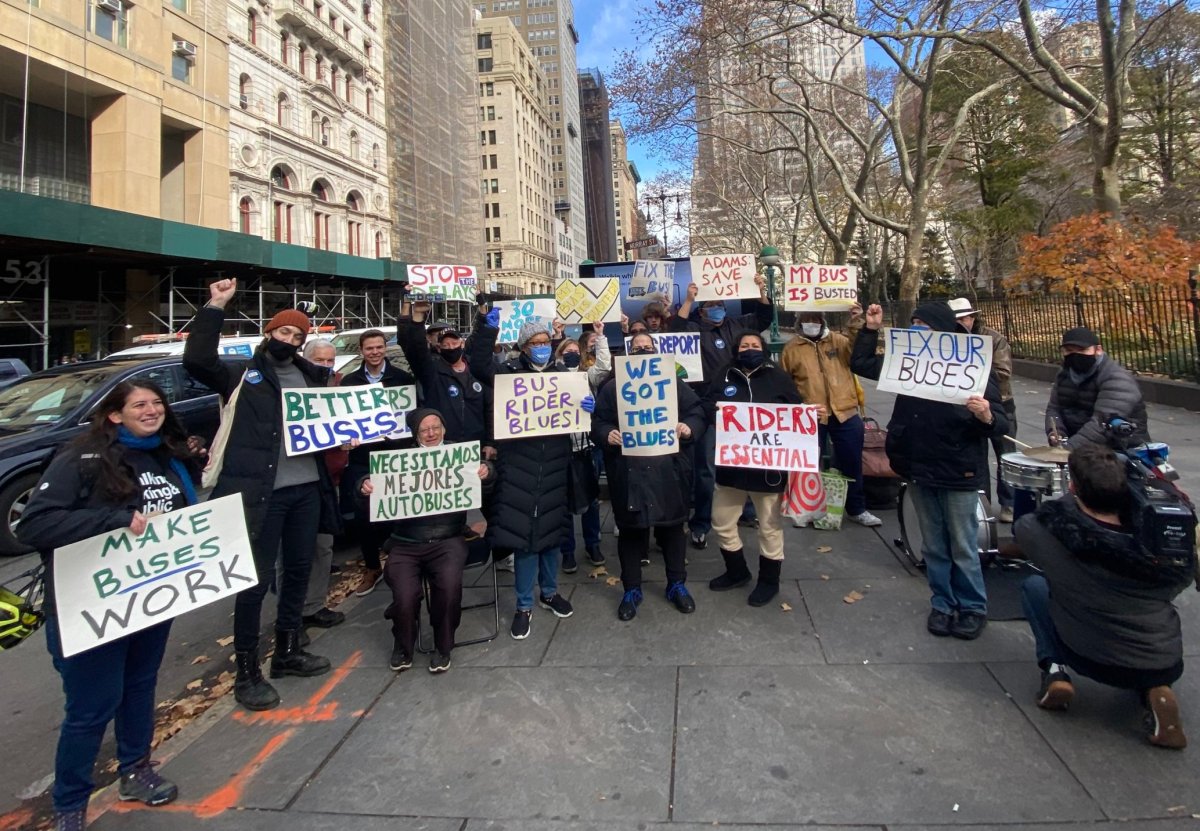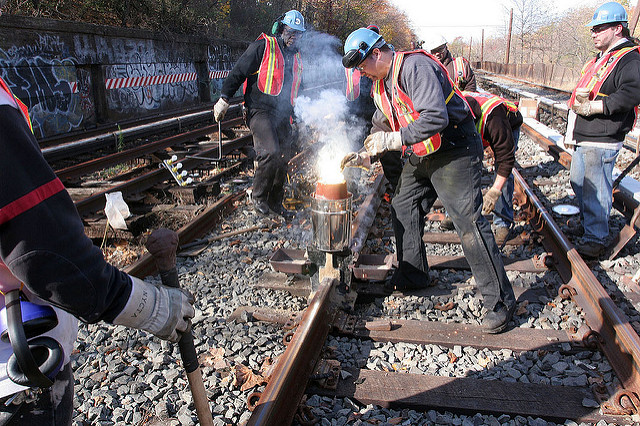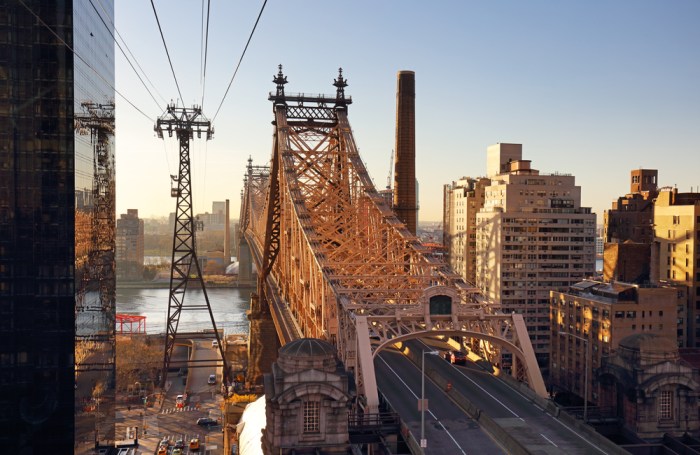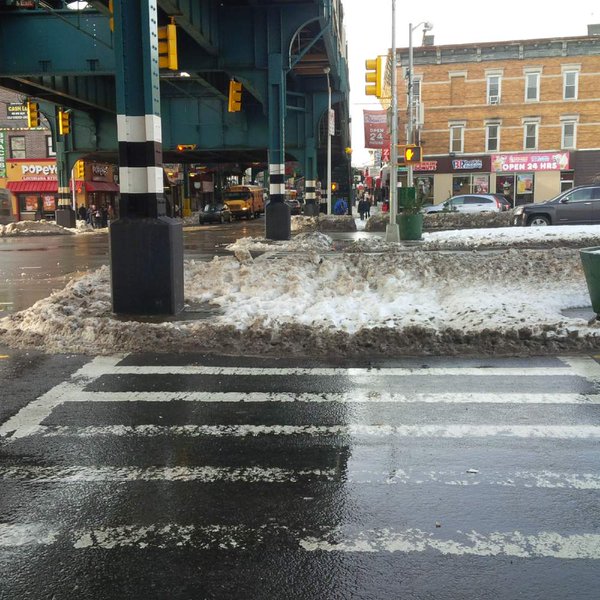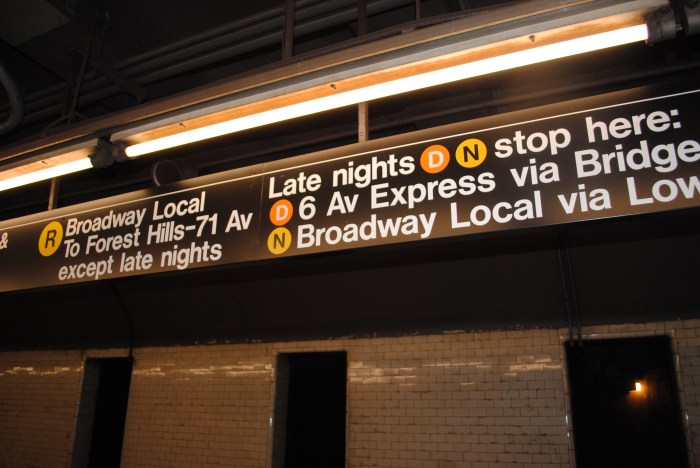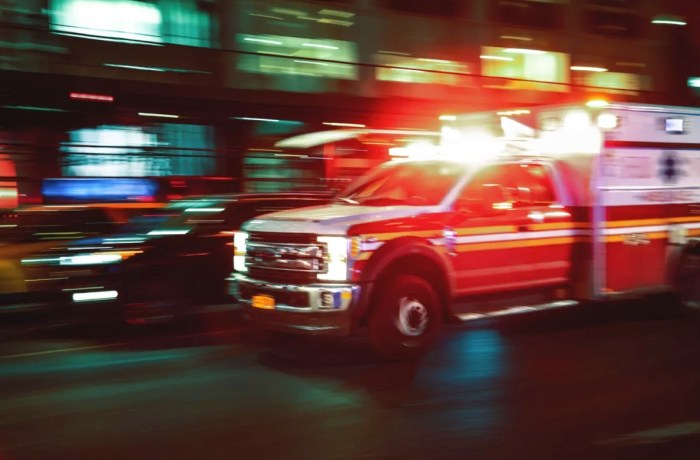The grassroots organization Riders Alliance collected stories from bus riders across New York City that detail the struggles of relying on the transit system.
The series “Bus Rider Blues” showcases 50 stories claiming unreliability and inaccessibility in the city’s bus system. Riders Alliance members went around the five boroughs to assess the issues on the ground.
Riders Alliance found that an overwhelmingly large amount of riders were low-income and people of color. According to Riders Alliance, more than half are immigrants, and over one-third of riders are essential workers.
One woman from Jamaica said she had problems with her boss because of the delayed buses.
“Pre-pandemic, I worked in Long Island City,” Nianna R. said. “Back then, the buses were unreliable and constantly delayed. It got so bad that my boss was suspicious I was late for other reasons and required me to send screenshots of the Transit app to prove that my bus was late. This also placed me on probation and led to extra stress at work. I started leaving for work much earlier to avoid being late. This ate away at the time I get to sleep, time with family, and leisure time. Just thinking about it makes me angry and stressed.”
MTA Chair Janno Lieber echoed these New Yorkers’ concerns. Lieber then said that it’s unusual for an MTA chair to support advocates protesting their own agency — however, he felt it necessary to share that he is also dissatisfied with bus services.
“We have a lot of things we have to do better,” Lieber said. “We need bus priority, and we need bus lanes. We need cars and trucks to stop blocking bus lanes. That’s what’s going to make a difference. I was riding the bus since I was six years old. Buses are the engine of transportation equity.”
Lieber also said he is excited to work with the incoming mayor, Eric Adams.
The 50 stories included numerous accounts from Queens residents, many of which are essential workers.
Antonia P. from Springfield Gardens said she often misses her children’s pickup time coming home from her job as an essential worker.
“The long journey and wait time results in me missing my children’s pickup time from school and regular lateness to work,” Antonia said. “One particular incident included a bus that never showed up. The missing bus meant that the journey took around 45 minutes longer, and thus I showed up to work late. The city should put more focus on improving buses in southeast Queens.”
Last week, Dec. 1, Mayor Bill de Blasio announced the New York City Streets Plan alongside the Department of Transportation Commissioner Hank Gutman to develop the city’s bus, bicycle and pedestrian infrastructure.
Gutman said this plan would result in faster commutes for bus riders, reserve 150 miles of physical or camera-protected bus lanes and add benches and shelters to 2,500 bus stops. The proposal is supposed to build on de Blasio’s work of nearly doubling the city’s bus network. Even so, bus riders are not happy.
Celine P., an occupational therapist at the Jamaica hospital, said that the bus drivers drive often pass her when cars park in front of the bus stop.
“Unless you risk your life to flag the bus down in the street, they are likely to miss you. This is happening more so now than ever before,” Celine said. “Even in the bus lanes there are cars there. My commute is mentally draining. I think besides just putting up signs that said ‘you are heroes,’ the government didn’t do anything for essential workers. The biggest perk was getting free bus rides.”
Another rider who lives in southwest Queens said her bus consistently misses her stop and when she waits for the next one, it is often too overcrowded to board.
“Bus Riders Blues” also outlined the hidden costs of unreliable bus services.
Asma H. From Jamaica works in Bayside and takes the Q31 to work. But with the staff shortages, her commute has been delayed with long wait times.
“This is very hard on me financially because I either show up late or have to pay more for additional childcare,” Asma said.
Althea T., another Queens rider from Jamaica, said she wishes there was a two-hour pass instead of one-hour transfers for $2.75.
“My husband and I had to take three buses to work, and that costs $5.50 for each of us,” Althea said. “That is frankly ridiculous because why should the riders get shortchanged like that.”
After collecting all of these stories, Riders Alliance called on the city to quickly implement the Streets Plan to increase the number of bus lanes and busways on city streets. They also suggest adopting policies to reduce overall traffic.

